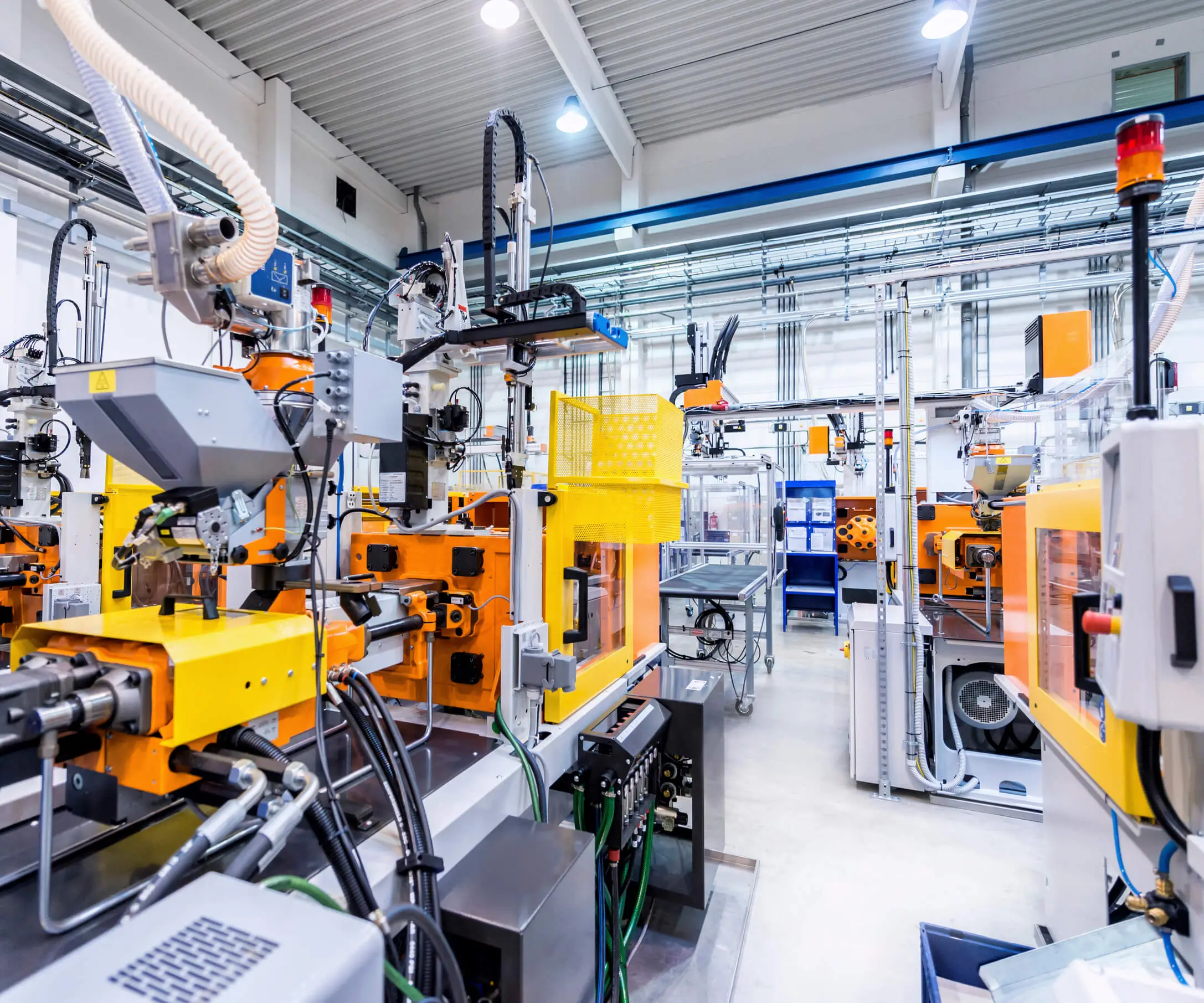Imagine a tiny engine with the power to transform your creative ideas into moving reality. That’s what a hobby gear motor is—a compact marvel that’s fueling an explosion of innovation among hobbyists, educators, and inventors alike. Whether you're building a robot, crafting a remote-controlled vehicle, or designing a unique mechanical project, understanding what a hobby gear motor is and how it functions can open up a world of possibilities.

What exactly is a hobby gear motor? At its core, a hobby gear motor is a small electric motor combined with a geared transmission. Think of it as a power unit designed specifically for small-scale, precision-driven applications. It takes electrical energy—usually supplied by batteries—and converts it into mechanical movement, with the gear train tuning the motor's speed and torque to suit various tasks.
The "gear" part is vital. In essence, gear motors have a built-in set of gears that reduce the motor's high rotational speed while increasing torque. This gear reduction allows for controlled movement, making the motor suitable for applications where delicate control or increased force is needed without requiring a bulky motor. The combination results in a compact, efficient device that can perform complex functions on a miniature scale.
What makes hobby gear motors different from industrial or larger motors? Industrial motors are built for heavy-duty, continuous operation—think factory assembly lines or large machinery—typically being large and powerful. Hobby gear motors, by contrast, are small, lightweight, and designed for precise, low-power tasks suitable for personal projects.
They often come in standardized sizes, such as 3mm, 4mm, or 5mm diameters, making them ideal for integration into small devices or prototypes. Their design favors low voltage operation (usually 1.5V to 6V), which aligns perfectly with battery-powered projects. Furthermore, hobby gear motors are affordable and readily available, making them attractive for beginners and seasoned hobbyists alike.
The anatomy of a hobby gear motor A typical hobby gear motor consists of several key components:
Electric Motor: Usually a brushed DC motor, which turns when electricity is applied. Gear Train: A series of gears—planetary, spur, or worm gears—that reduce the motor’s high rotational speed to a more manageable and useful output. Output Shaft: The part that transmits mechanical power to the device or mechanism. Housing and Mounting: Compact, durable casing that protects internal parts and allows for easy integration.
Some hobby gear motors also include features like built-in mounting brackets, connectors for easy wiring, or even planetary gear systems for higher torque outputs.
Applications that showcase the versatility of hobby gear motors These miniature motors are the unsung heroes behind countless inventive endeavors. Here are a few prime examples:
Robotics: From simple line-following robots to complex humanoid machines, hobby gear motors serve as the actuators that make limbs and wheels move, enabling robots to navigate and interact with their environment.
Remote-Controlled Vehicles: RC cars, boats, and drones rely heavily on gear motors for propulsion and steering. Their small size and high efficiency make them perfect for tight spaces and lightweight designs.
Mechanical Art and Kinetic Sculptures: Artists and hobbyists incorporate gear motors into sculptures, automata, and kinetic art projects to produce mesmerizing, moving displays.
Educational Kits: Many STEM kits use hobby gear motors to teach principles of mechanics, electronics, and engineering, inspiring future innovators.
Why are hobby gear motors so popular among hobbyists? Their popularity springs from several key advantages:
Affordability: Price points make experimenting accessible. A pack of geared motors can be purchased at low cost, encouraging trial and error.
Ease of Use: Many hobby gear motors are plug-and-play, with simple wiring and straightforward mounting options.
Customizability: With a wide range of gear ratios and sizes available, hobbyists can tailor the motor’s performance to fit their specific needs.
Availability: From local electronics stores to online marketplaces, these motors are just a few clicks away.
Educational Value: Working with gear motors teaches fundamental concepts of gear ratios, torque, and electrical circuits—building blocks for more complex engineering projects.
Understanding gear ratios and their impact At this stage, you might be wondering, "How does the gear ratio actually affect a motor’s behavior?" It’s simple but fascinating. The gear ratio indicates how many times a gear turns relative to its input. Common ratios are expressed as 10:1, 50:1, or 100:1, with higher ratios providing more torque but less speed.
For hobby gear motors, selecting the right gear ratio depends on your project goals:
High Gear Ratios (e.g., 100:1): Produce slow, powerful motion ideal for lifting or pushing heavy loads, like robot arms or small cranes.
Low Gear Ratios (e.g., 10:1): Yield faster motion suitable for wheels or propellers—think speedy RC cars or moving conveyor belts.
By choosing the appropriate ratio, hobbyists can fine-tune their projects’ performance, making hobby gear motors versatile tools in the creative toolbox.
Stay tuned for Part 2, where we’ll explore the practical aspects of selecting, integrating, and maintaining hobby gear motors, along with inspiring project ideas to spark your own engineering adventures.
Leveraging innovations in modular drive technology, Kpower integrates high-performance motors, precision reducers, and multi-protocol control systems to provide efficient and customized smart drive system solutions.




































